Innovative approaches can encourage healthy eating and activity in adolescents.
Takeaways:
- Nurses can help their adolescent patients with obesity by encouraging a healthy diet and greater activity
- Smartphone apps for diet and exercise tracking may be an effective tool to help adolescents with obesity lose weight.
- Recommend apps that are inexpensive and have high user ratings for ease of use and dependability.
By Julie Ludwig, MSN, RN, NP-C, and Christine Galluzzi, MSN, RN, APC-BC
Many teens with obesity go on to have obesity as adults. The ramifications of obesity are both physical and psychological, including metabolic conditions, sleep disorders, bullying, anxiety, depression, and low self-esteem. In addition, adolescents with obesity may experience increased school absenteeism and decreased scholastic performance. The result can be lower quality of life and limited life expectancy.
You can help your adolescent patients with obesity by encouraging a healthy diet and greater activity. (See Help young patients lose weight.) Engaging your patients in this effort may require some innovative interventions, including the use of technology.
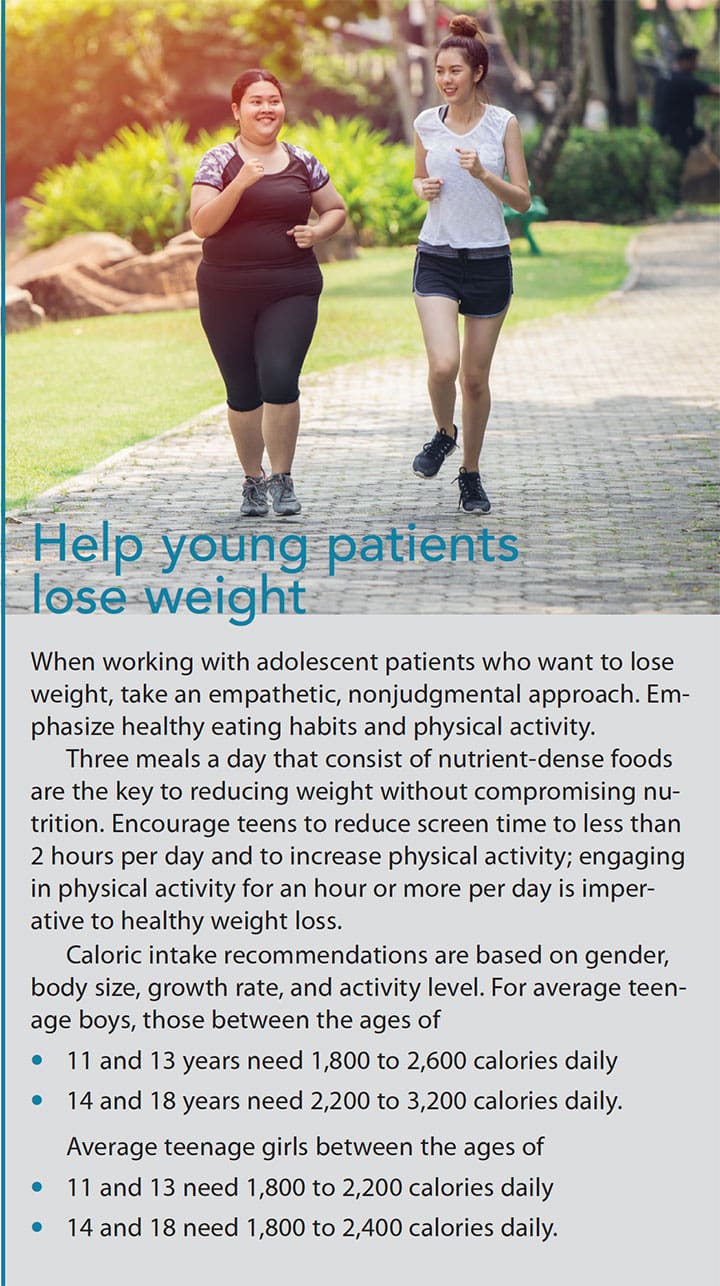
Adolescents and technology
Tools to help reduce childhood obesity are already in teens’ hands in the form of smartphones and tablets: 73% of adolescents age 13 to 17 years have access to smartphones and 58% have downloaded applications (apps). Apps for weight loss provide an interactive tool for modifying behavior and documenting calorie intake and exercise, which contribute to successful weight management.
Peers and social media have a tremendous impact on teen use of mobile apps. Adolescents are more willing to try apps that friends or celebrities use, and social media sites, such as Facebook or Twitter, can be used to promote the apps and to showcase personal achievements, generate healthy competition, and provide support.
A study of adolescents’ perceptions of mobile health apps found three common barriers and facilitators to their use. Barriers include:
- Lack of awareness.Teens said the apps aren’t promoted well.
- Low priority. Teens don’t think health and wellness are as important as other activities, such as playing games or viewing social media.
- Negative perception.Teens believed that being seen using health apps would make them unpopular.
Teens in the study indicated that these features made apps more enticing to use:
- Ease of use.Teens said that they were more likely to use simple health apps with fun animation.
- Customization.Many teens liked the idea of setting personal goals, having their data tracked, and receiving messaging tailored to their needs.
- Feedback. Teens said that real-time feedback motivated and pushed them to reach their health and fitness goals.
Make the right recommendation
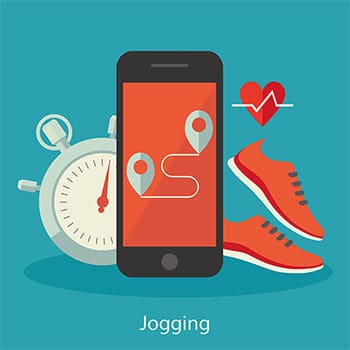 One way you can help adolescent patients reach weight-loss goals is by teaching them about mobile apps that encourage caloric accountability and exercise. But before you start making recommendations, do some investigation. You want to recommend apps that are inexpensive and that have high user ratings for ease of use and dependability. Although no mobile apps for diet and exercise tracking have been developed solely for adolescents, some are appropriate for teens.
One way you can help adolescent patients reach weight-loss goals is by teaching them about mobile apps that encourage caloric accountability and exercise. But before you start making recommendations, do some investigation. You want to recommend apps that are inexpensive and that have high user ratings for ease of use and dependability. Although no mobile apps for diet and exercise tracking have been developed solely for adolescents, some are appropriate for teens.
Mobile apps that approach physical activity like a game may encourage teens to be active. For example, Zombies, Run! incorporates stories that give the user 200 missions, including gathering supplies, outrunning the undead, and saving fellow humans. Users report increased motivation to continue their physical activity longer when compared to other apps. Burn Your Fat with Me!! is an app that simulates an anime (popular Japanese animation) dating game. Users impress their anime dream dates by making simulated muscles. These muscles are made with coaching from a mobile trainer that encourages the user through a series of workouts. Superhero Workout is a popular app in which the user protects the Earth against invasion. To save the planet, the user must complete a series of exercises to activate weapons, shields, and other “abilities.” This app also uses the smartphone camera as a motion tracker, which counts reps and helps measure calories that the user burns. Adolescents who don’t want to be burdened with warding off zombies, wooing anime dates, or saving the planet can be encouraged to move with points awarded through the SWORKIT app, which tracks movement. The more that the user moves, the more points he or she accrues; the points can be exchanged for real prizes from companies such as Sephora and CVS. Users can compete against friends, which appeals to many adolescents’ competitive natures and need for peer socialization.
Supporting patients, encouraging adherence
You can help teens adhere to their weight-loss plan by educating them and their families about healthy eating and exercise. Counsel parents and guardians to make healthy choices themselves. Help the family develop goals that are time sensitive, regularly evaluated, andrevised as needed.
Talk to the family about encouraging and supporting the teen to use the apps to facilitate adherence. For example, the family can devise a reward system for consistently using the app. And suggest that parents set aside time to listen to their teen’s weight-loss goals and concerns. You and the family can work together to support the adolescent who’s dealing with the stress of lifestyle change and empower him or her to solve problems and make appropriate decisions regarding weight-loss goals.
Evolving technology
Although the use of mobile apps for dietary and exercise tracking is widespread, more research is needed to study their impact on obesity among adolescents. The clinical implications for practice remain undetermined, but technology will continue to evolve in new and exciting ways to help adolescents fight obesity.
Julie Ludwig is a family nurse practitioner in Murfreesboro, Tennessee. Christine Galluzzi is an advanced practice nurse at Vanderbilt Health Clinic at Walgreens in Nashville, Tennessee.
Selected references
Chan A, Kow R, Cheng JK. Adolescents’ perceptions on smartphone applications (apps) for health management. J Mob Technol Med. 2017; 6(2):47-55.
Ellis E. How many calories does my teen need?Academy of Nutrition and Dietetics. May 1, 2018.
Güngör NK. Overweight and obesity in children and adolescents.J Clin Res Pediatr Endocrinol. 2014;6(3):129-43.
Livingood WC, Monticalvo D, Bernhardt JM, et al. Engaging adolescents through participatory and qualitative research methods to develop a digital communication intervention to reduce adolescent obesity. Health Educ Behav. 2017;44(4):570-80.
Madden M, Lenhart A, Duggan M, Cortesi S, Gasser U. Teens and technology 2013. Pew Research Center: Internet & Technology. March 13, 2013.
O’Malley G, Dowdall G, Burls A, Perry IJ, Curran N. Exploring the usability of a mobile app for adolescent obesity management. JMIR Mhealth Uhealth. 2014;2(2):e29.
41, 42 Weight loss








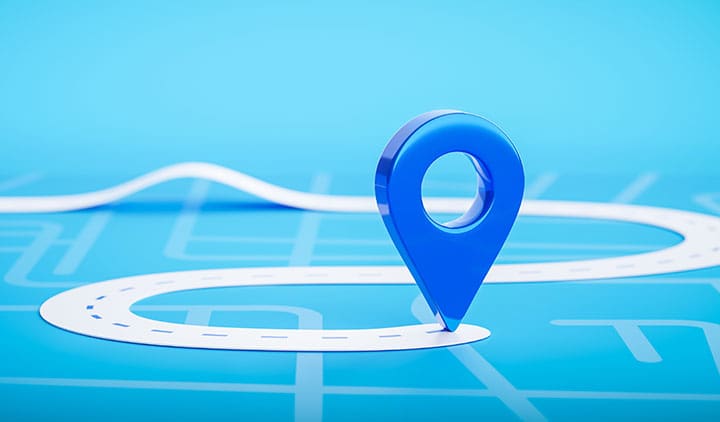

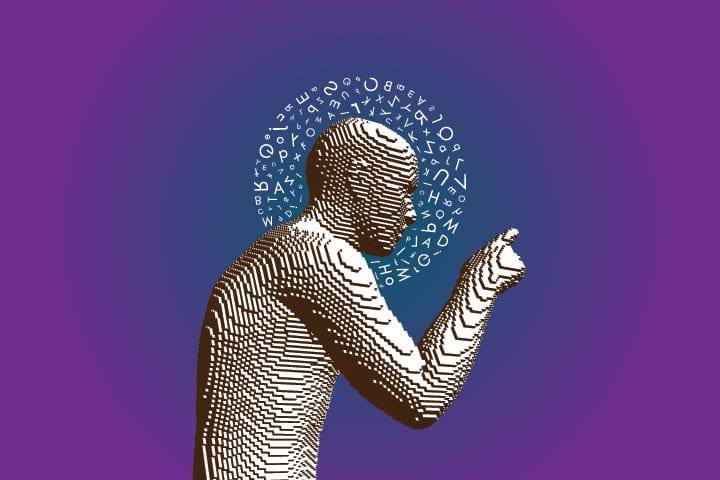
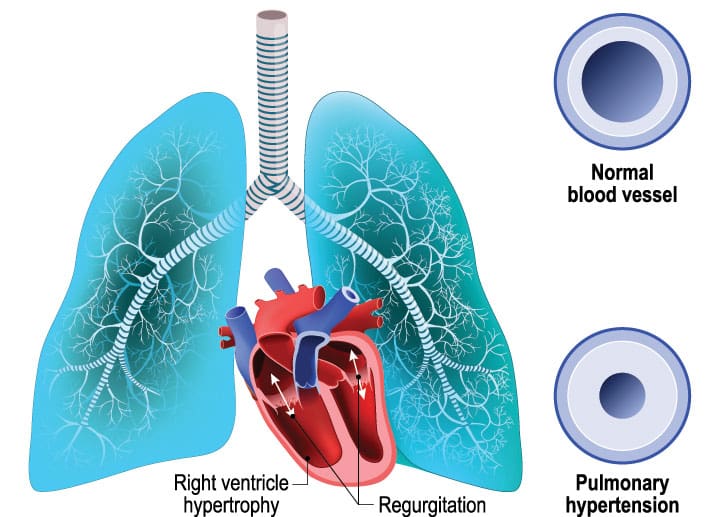
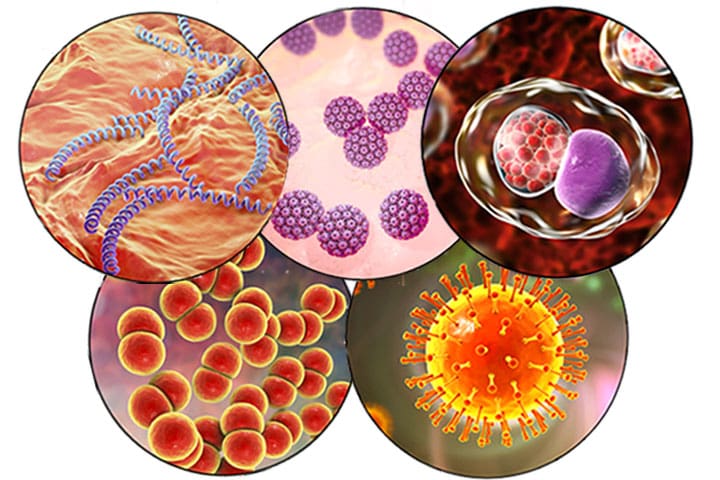



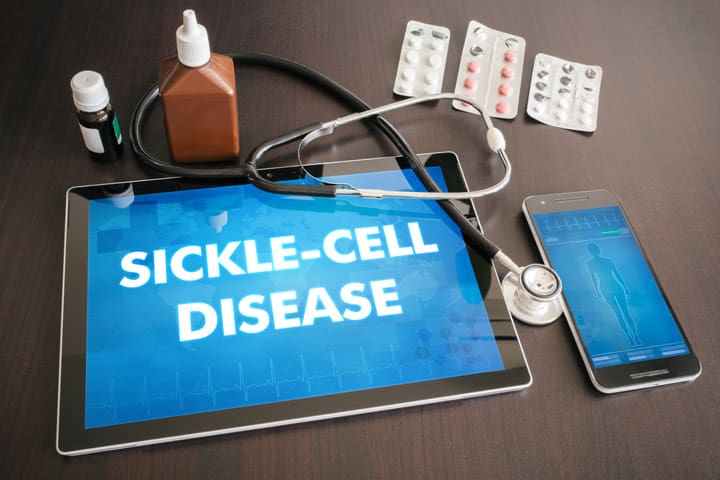


8 Comments.
Great content! Super high-quality! Keep it up! ?
Hi, Friends try those tips that helps to loose weight Intermittent fasting,Plant-based diets,Low-carb diets and low fat diets.
It doesn’t work! Plus awful syringe continuously clogging, drying up and mine stopped meting out all inside a month.
Having stated that, researchers had a difficult time evaluating the diets in view that protein and overall strength had been now not matched.
Julie, It is really thoughtful of you, I was searching for something similarly helpful for my young daughter. Though she is 15 she is overweight for her age. having your post here is just wonderful. Thanks for sharing wonderful and valuable details. 🙂
amazing blog thanks for sharing such great info with us
Thanks for sharing the amazing benefits of the high-intensity interval for weight loss. It is more effective than moderate exercise for weight loss
Thanks for sharing very informative article for diet. it’s apps really helpful for everybody for exercise.
https://ellipticalhouse.com/best-elliptical-under-200/